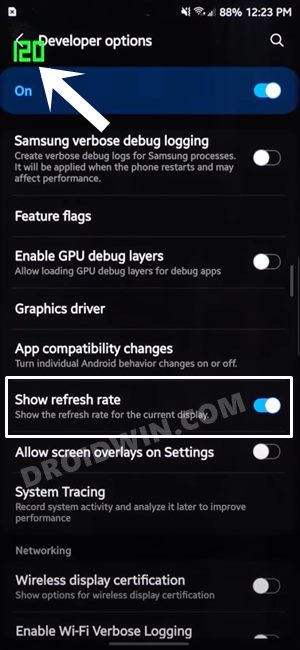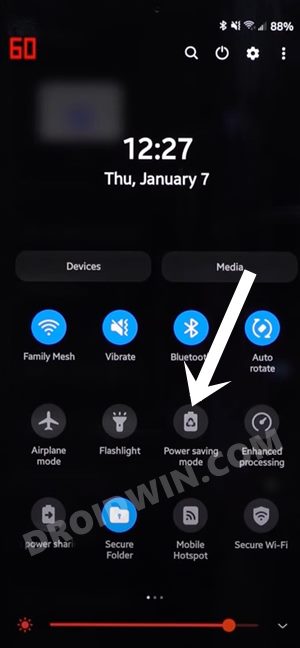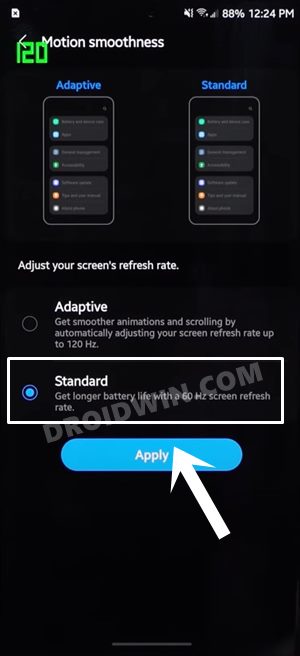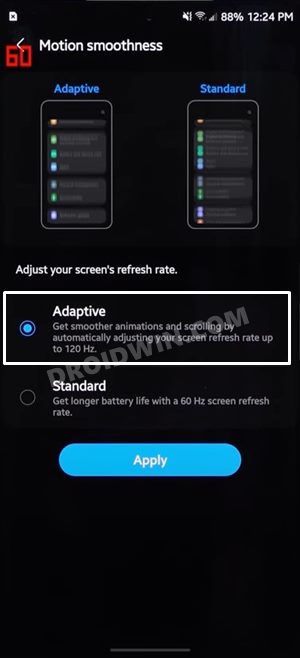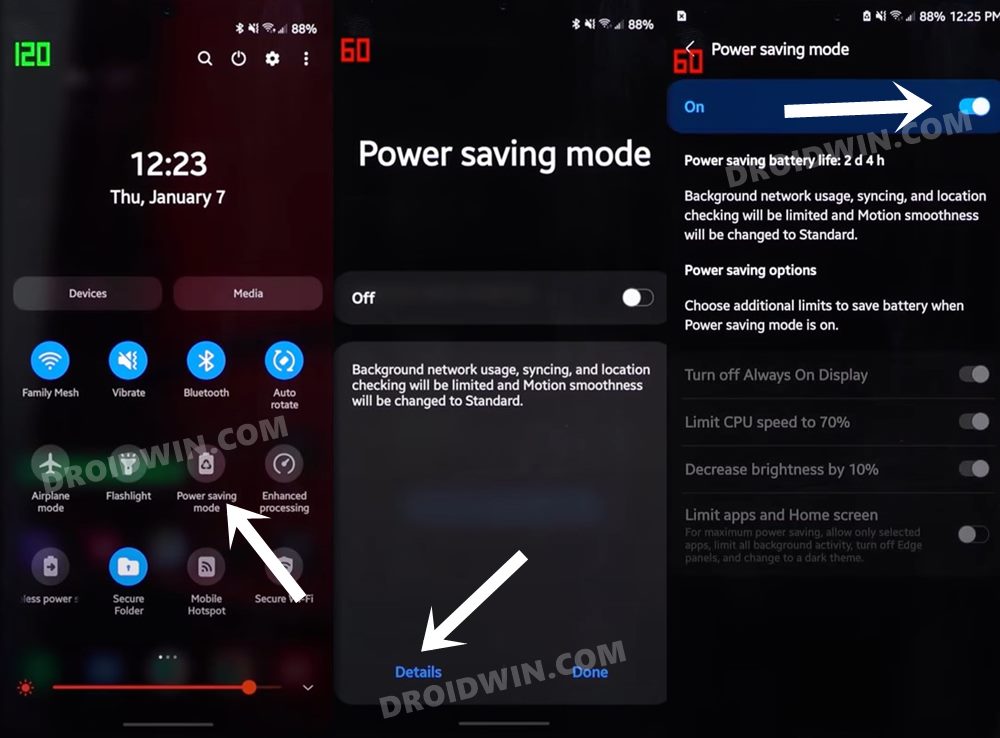In this guide, we will show you the steps to enable the 120Hz refresh rate on your Samsung OneUI 3.0 device on the Power Saving Mode. With each new OS upgrade, there are a plethora of new and noteworthy features that one would look forward to. The same was the case with the third iteration of the OneUI update as well. However, in spite of all the goodies that the update had to offer, there was a major issue. The OEM, for some reason, decided to remove one important functionality from the software. Up until OneUI 2.5, you had the option to keep your device on 120Hz Refresh Rate even when the Power Saving Mode was enabled. However, with 3.0, this feature was removed. As a result, when your device is in the battery saver mode, you could attain a maximum of 60Hz. While this could have been mainly done to make the device act more aggressively when it comes to preserving the battery juice, it could have been much better if the user would have given this choice, rather than explicitly enabling it. With that said, there does exist a nifty workaround through which still enable the 120Hz refresh rate on your Samsung OneUI 3.0 device when it is on the Power Saving Mode. Here’s how.
How to Install Android 11 (OneUI 3.0) on any Samsung Phone via OdinGet Adaptive Refresh rate on Galaxy S20/S20+/UltraHow to Downgrade Samsung from Android 11 to Android 10 (OneUI 3.0 to 2.0/2.5)How to Boot to Recovery Mode on Samsung OneUI 3.0 Android 11
How to Enable 120Hz Refresh Rate on Power Saving Mode on Samsung OneUI 3.0
First off, I have enabled the Refresh Rate under Developer Options. Therefore, you would be seeing the current refresh rate at the top left of your screen throughout the guide. If you wish to enable it as well, then enable Developer Options and then turn on the Show Refresh Rate toggle (though it is completely optional). Keeping that aside, let’s get started with the guide. So this was all from this guide on how you could enable the 120Hz refresh rate on your Samsung OneUI 3.0 device when it is on the Power Saving Mode. If you have any queries, do let us know in the comments section below. We will get back to you with a solution at the earliest.
About Chief Editor

